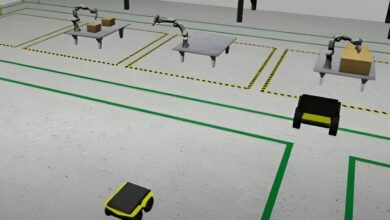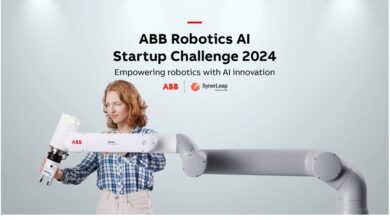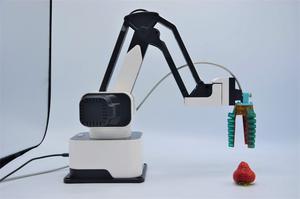The robots built to take over boring household tasks
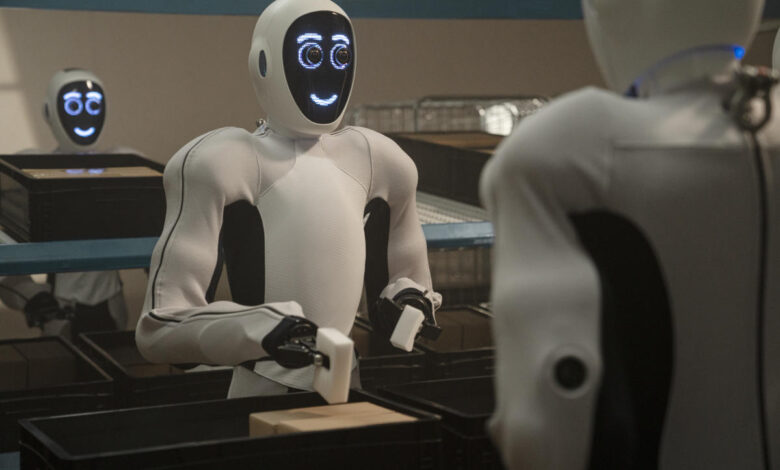
Robots doing chores such as picking up toys and folding laundry has been a standard science fiction dream for decades, but recent advances in AI and robotics could make it a reality.
At least that’s the dream of several start-ups, tech companies and researchers around the world who are racing to unleash robots who can learn and grapple with any household task. The challenges are extreme, from enabling robots to ‘learn’ complex tasks, to ensuring that their hydraulic limbs don’t crush everything they go near.
From human-sized robots that can take instructions from ChatGPT to a robot styled after Dobby the House Elf from Harry Potter, some robotics experts have suggested robots could be doing any human task within 10 years.
Here are some of the scientific and commercial efforts to create such a robot:
Tesla Optimus
Elon Musk has, unsurprisingly, hyped the abilities of his Optimus robot to take over human chores, having said the robot could be ‘more significant’ than the company’s cars.
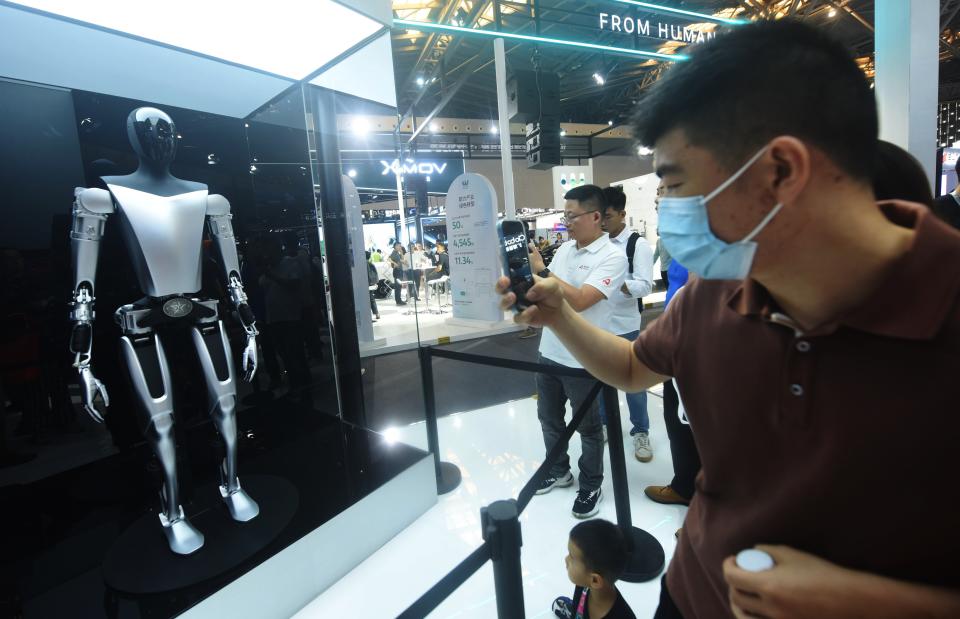

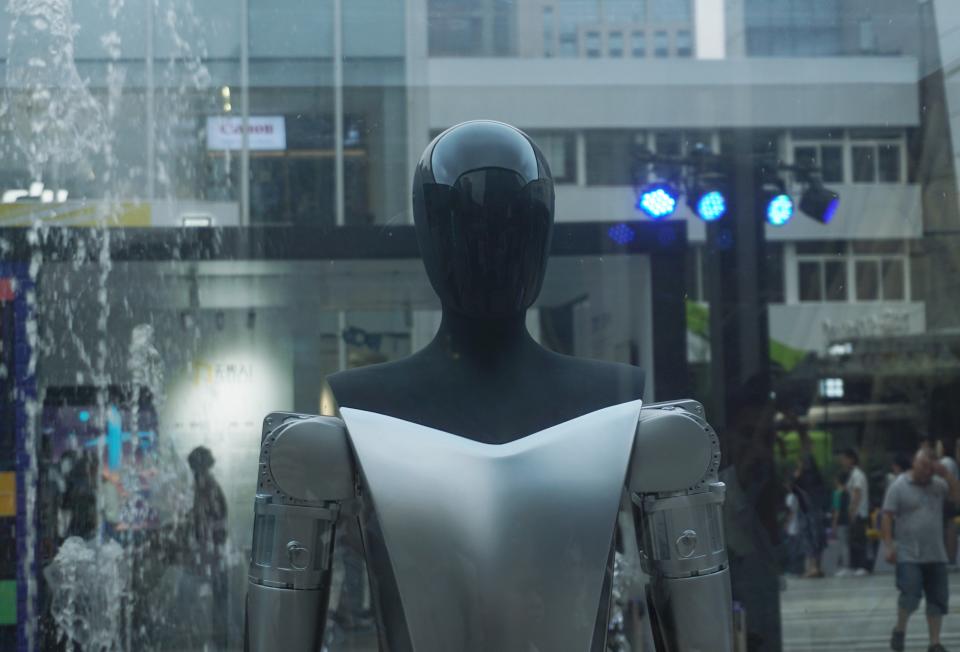

Videos have shown Optimus sorting coloured blocks and even folding T-shirts, but it’s less clear how much of this is independent and how much is ‘piloted’ by a remote operator.
‘Dobb-E’ the grabber
Dobb-E doesn’t bear much resemblance to Harry Potter’s house elf – it actually consists of a frame on top of a robot vacuum with a ‘grabber’ stick.
But videos show Dobb-E grappling with complex tasks that robots previously struggled with – such as putting a sock into a washing machine and putting a potato into a microwave.
The key to Dobb-E’s success is real-world data of researchers performing tasks with a reacher-grabber stick and videoed on an iPhone, which is used to train the Dobb-E robot.
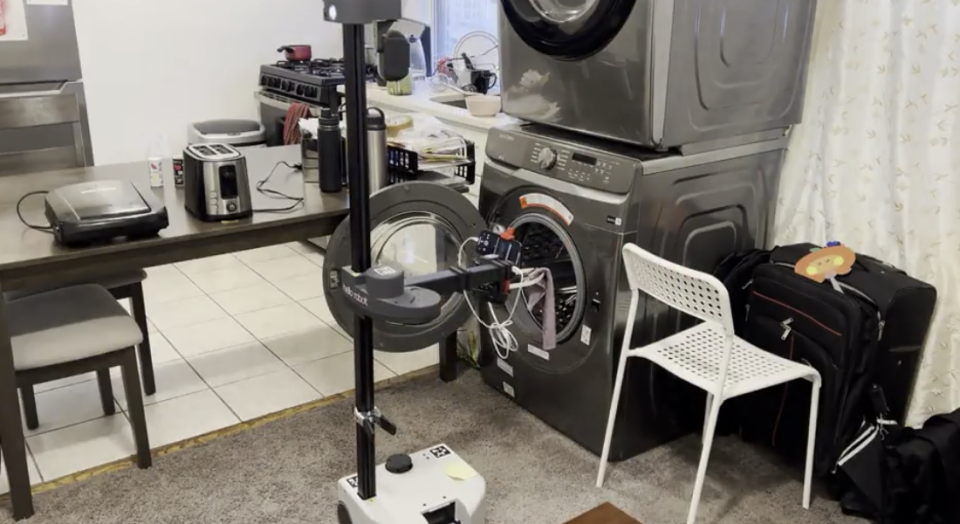

The open-source project eventually hopes to teach Dobb-E how to carry out any task in the home.
Lerrel Pinto, a computer science researcher at New York University, said: “Our hope is that when we get more and more data, at some point when Dobb-E sees a new home, you don’t have to show it more examples.
“We want to get to the point where we don’t have to teach the robot new tasks because it already knows all the tasks in most houses.”
Researcher Mahi Shafiullah told New Scientist: “The robot and the Stick system are collectively called Dobb-E-a reference to Dobby the free-house elf from the Harry Potter franchise-both because the system is doing household chores and also because we are trying to set it ‘free’ and open-source.’
Dyson’s home robots
Dyson is best-known for bagless vacuums, but has pioneered research into robot vacuums for the home – and now hopes to take that further.
In May 2022, Dyson showed off the fruits of a 20-year research into domestic robots, with robots stacking dishes, picking up teddy bears and vacuuming armchairs.
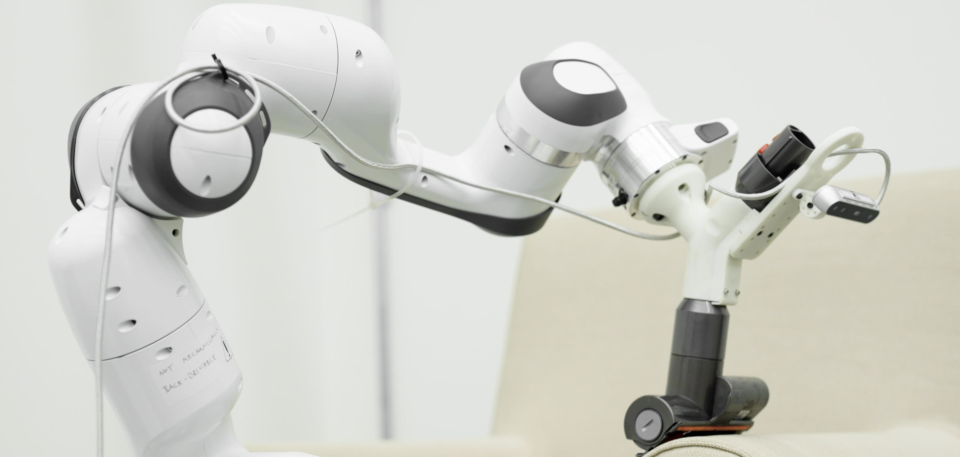

The company has said it plans to hire 700 robotics engineers by 2027.
James Dyson said in a YouTube video, “There is a big future in robotics, saving people time, performing chores for people and improving people’s daily lives.”
The robot that can ‘feel’
Sanctuary AI’s Phoenix robot is built to do any task a human can and Geordie Rose, founder of Sanctuary AI believes that moment will come within a decade.
Rose says that the robot’s hands are key to its success, with vibration sensors enabling the robot to feel – and it can already load items into a bag, clean mirrors, sort objects and stock fridges.
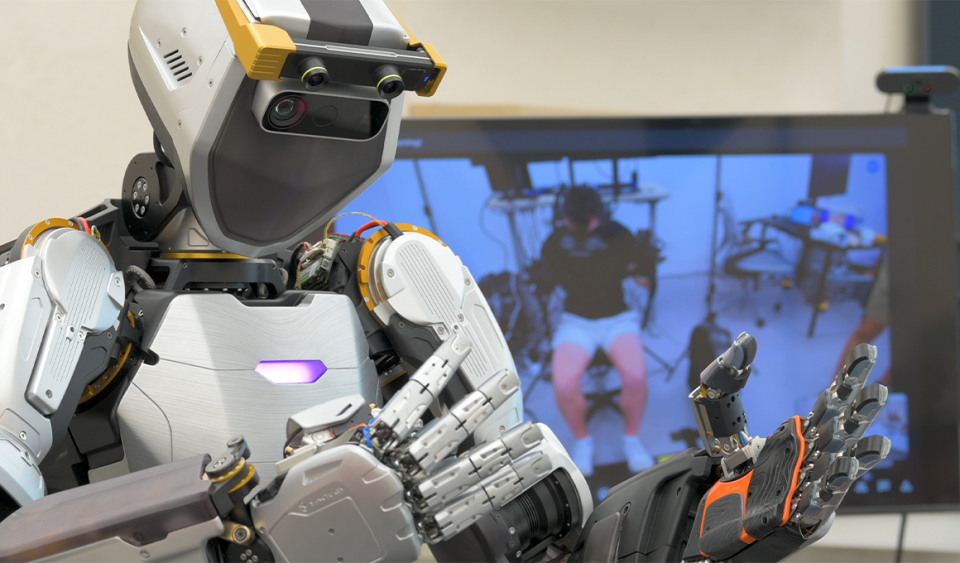

Almost all chores involve hands (90%) Rose says, with Phoenix able to be ‘piloted’ by a human using VR, or to learn tasks independently.
In tests in a retail store, Phoenix could do 40% of the tasks employees could – including packing merchandise, labelling stock and folding clothes.
The robot that learns via ChatGPT
A Norwegian android is able to learn about the world using the technology behind ChatGPT – including looking at kitchen shelves and then ‘thinking up’ recipes.
The Eve Android – made by Norwegian company 1X – can look at shelves and concoct recipes based on what it ‘sees’, using a modified version of GPT-4 (the software behind ChatGPT).
Equipped with delicate ‘hands’ powered by rope-like muscles, videos of EVE show off the android flying paper aeroplanes and even pouring milk.
The robot is now under test in a kitchen in Norway, where it can do everything from washing dishes to baking Christmas cookies.

